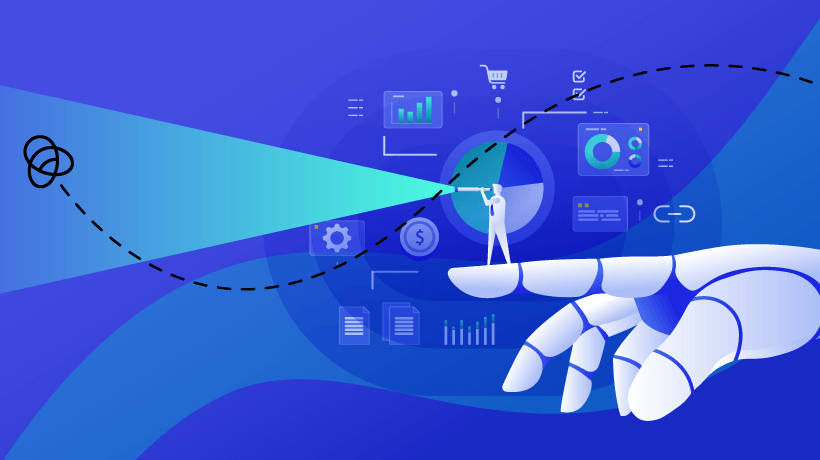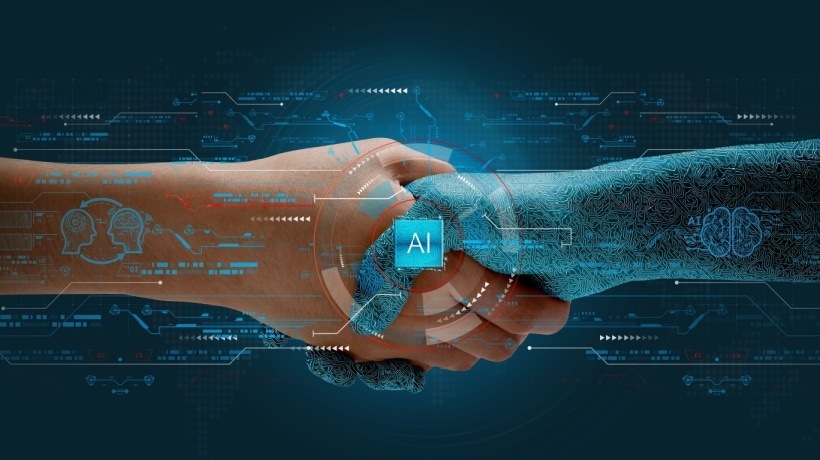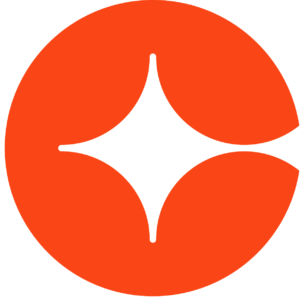...And Move From Chaos To Clarity
My team and I are building an animated show using GenAI, and it's definitely an adventure. Being used to eLearning software tools, creating in this new way feels both familiar and fresh. First, there is far more creative freedom in what I can design as a Learning Experience Designer using GenAI tools. Second, I'm excited that we're now able to tell stories and educate in entirely new ways.
While creating this series, I've been tasked with something I've done for other organizations: documenting our production process in a way that's easy for others to follow. After documenting, I'll be linking our documentation to an AI chatbot that can quickly retrieve any necessary information (a story for another article). Here are some of the lessons I've had to revisit while documenting my AI processes.
Discovery Phase
When creating a new process, like we are now, you're experimenting with different approaches to see what works best. This stage requires patience. There were several times I started working in one direction, only to discover a better way later, and had to pivot and scrap the earlier work.
One example was when I began creating scenes for the show using characters I had previously generated as references. This worked for a few scenes, but the more images I generated, the more distorted the characters became until they were unrecognizable. I was frustrated, to say the least, and realized that my method wasn't sustainable or duplicable. So, I went to "YouTube University" for help. A kind instructor in a video suggested detailing each character within the prompts and adding those prompts to every scene to maintain consistency. I followed his advice—and it worked! I immediately added all of the character details to my "playbook."
I'm currently in the discovery phase for other parts of the process as well, drawing from traditional animation production methods (much respect), storytelling principles, and our team's personal experiences.
Documentation Phase
As I mentioned earlier, the documentation and process discovery phases can happen concurrently. When documenting, the most important aspect is ensuring that your AI processes are clear and simple enough for anyone to follow. When adding AI into the equation, it becomes even more critical to ensure that the information is structured so the AI can scan and retrieve it exactly as written, without hallucinating.
While documenting our processes, as we've done for other organizations, I pay close attention to clarity. Just as you simplify a fraction like 3/6 into 1/2, you should reduce your process instructions to their simplest form. It's also important to explain why a process matters and who is responsible before explaining how to do it. Providing this context ensures the documentation communicates both purpose and accountability.
Returning to our earlier example, when I discovered a better way to generate consistent scenes, I documented why we add prompts for each character, who is responsible for scene creation, and how to do it. This ensures anyone can come in and complete the task with confidence.
Living Documentation
In times of rapid change, it can be difficult to settle on fixed AI processes. As technology evolves, workflows inevitably need to be updated. That's why your documentation should be living: constantly evolving and reviewed periodically. Before implementing any changes, there should be a review process and case studies or examples validating that the new process truly improves upon the old one. It's advisable to review documentation for updates or adjustments every quarter.
As organizations, large and small, adapt to these changing times, it can be tempting to deprioritize documentation. But it should remain a cornerstone of effective operations. In my experience, the teams that document as they grow are the ones that scale with the least friction. They onboard faster, automate more effectively, and waste less time reinventing what already works. Documentation doesn't slow innovation, it sustains it. It's how organizations preserve the wisdom that comes from experimentation.
As I continue building this GenAI show, I'm reminded that creativity and structure aren't opposites, they're partners. The creative process thrives on freedom, but it depends on systems to make that freedom sustainable. The same principle applies to any organization experimenting with AI or digital transformation. Innovation without documentation is like building a house without a foundation: it may look impressive at first, but it won't hold up under pressure.
So, as you introduce AI tools, automate workflows, or redesign how your team collaborates, take the time to document what's working and why. Capture your discoveries before they're lost in busy inboxes and forgotten threads. Create clarity where there's confusion and build a living guide that grows alongside your organization. Because the truth is, process documentation isn't just about efficiency, it's about empowerment. It ensures that knowledge isn't trapped in one person's mind but shared, accessible, and ready to evolve. That's how innovation becomes culture.
If your organization is ready to bridge creativity and structure, to make what you're building scalable and repeatable, I'd be happy to help you design the systems that make it possible. If you'd like help documenting AI processes in your department or business, I'd be happy to support you.








